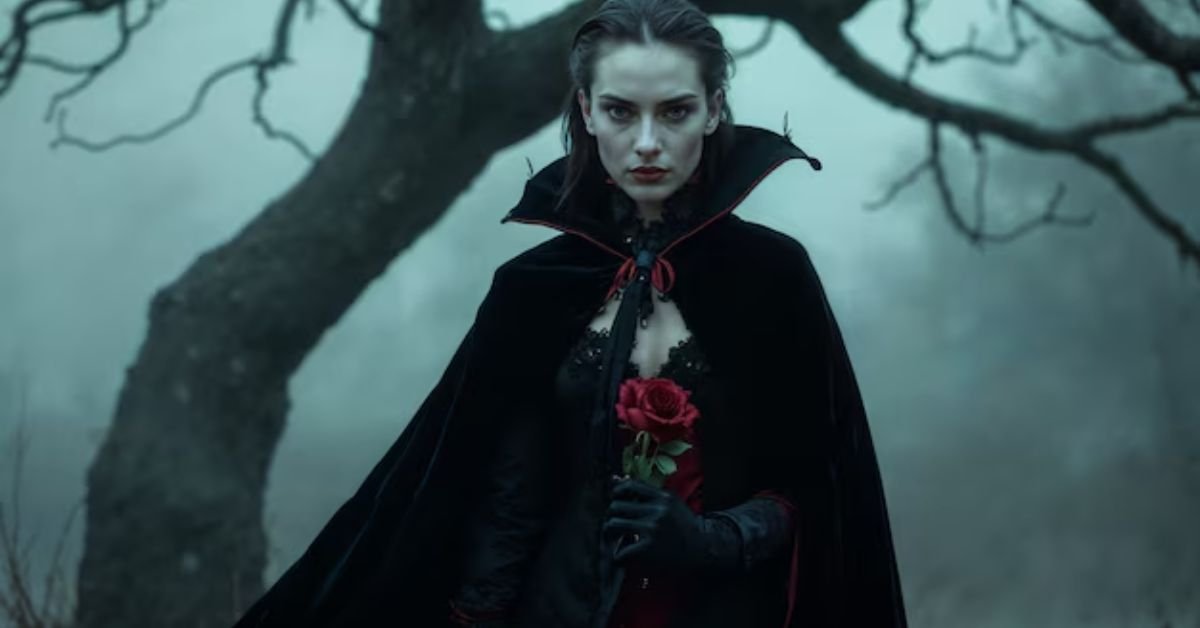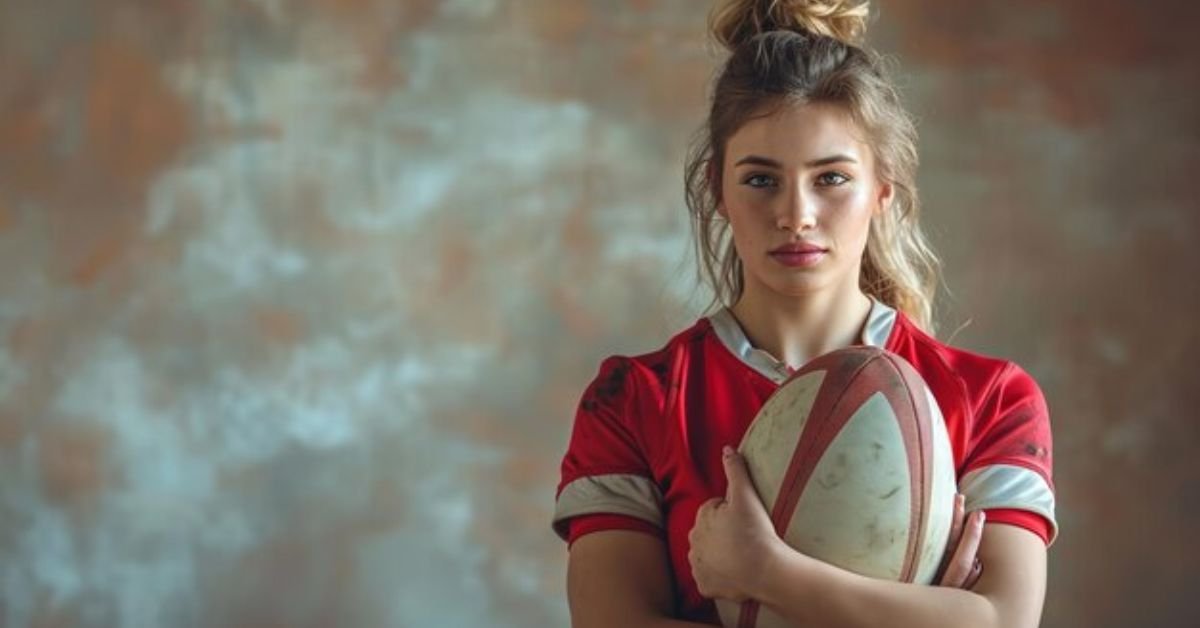Maleficent has long been one of Disney’s most iconic villains, but she’s more than just a servant to darkness or a one-dimensional antagonist. From her initial portrayal in Sleeping Beauty (1959) to her more recent cinematic reimaginings, Maleficent has evolved into a symbol of independence and power. This article explores the reasons why Maleficent is characterized as a powerful, independent entity rather than a mere lackey, examining her evolution across different adaptations and the deeper themes in her stories.
IOrigins of Maleficent: A Character Beyond a Servant Role
Classic Origins in “Sleeping Beauty” (1959)
Maleficent’s role in Disney’s 1959 Sleeping Beauty is unforgettable. As the wicked fairy godmother who curses Princess Aurora, she is portrayed as a malevolent force—powerful and feared. However, despite her seemingly evil nature, she does not operate as a lackey or a mere servant to darkness. Rather, she acts on her own, driven by a sense of personal vendetta after being slighted by King Stefan and the royal court. Her motivations in the classic adaptation seem to stem from pride and a desire for retribution rather than any allegiance to a higher evil, showcasing a self-driven nature.
Folklore and Fairy Tale Inspirations
Maleficent’s character has roots in older folklore, particularly from the original tales of Sleeping Beauty. While these stories featured a wicked fairy figure, they were less clear about whether such characters served a greater power or acted out of personal motives. Maleficent embodies this ambiguity, straddling the line between a mystical, otherworldly being and a figure with individual agency. Unlike many fairy tale antagonists, she does not exist solely to serve a dark master, but rather pursues her own goals, positioning her as more autonomous than many of her predecessors.
Cultural Impact of the Original Maleficent
The original portrayal of Maleficent in 1959 significantly shaped how audiences perceived Disney villains. In contrast to characters like Jafar or Ursula, who often served a larger plan or structure, Maleficent stood apart as a figure with self-directed goals. This distinction made her a compelling villain, one who wielded power not just in service to evil but to her own ends. Her iconic presence influenced pop culture’s view of villainy, setting a precedent for antagonists who are more than just pawns in a greater scheme.
The Evolution of Maleficent in Modern Adaptations
Maleficent (2014): Redefining the Character
The 2014 film Maleficent redefined the character by focusing on her backstory and exploring the events that shaped her into a feared figure. In this adaptation, Maleficent is portrayed not as inherently evil, but as a guardian of the Moors who becomes disillusioned and vengeful after being betrayed by King Stefan. This retelling diverges sharply from the “evil for the sake of being evil” trope, emphasizing her independence, autonomy, and self-determination. Rather than a villain serving darkness, she becomes a complex character with layered motivations, shaped by personal experiences and a sense of justice.
Maleficent: Mistress of Evil (2019)
The sequel, Maleficent: Mistress of Evil (2019), further cements her status as a multifaceted, independent character. The narrative explores her leadership role among the Dark Fey, highlighting her position as a powerful figure who guides and protects her kind. Throughout the film, she asserts her authority and makes decisions that prioritize the well-being of her people. Her relationships with other characters, including Aurora and the Dark Fey, reveal that she is never truly subservient, even when facing powerful adversaries. This installment solidifies her as a character who leads rather than follows, and who makes choices based on her beliefs and values.
Comparison with Other Reimagined Villains
In recent years, Disney and other studios have reimagined classic villains like Cruella and Elphaba from Wicked. While these characters are given more depth and sympathetic backstories, they often retain elements of subservience or societal constraints. Maleficent’s autonomy, however, stands out among these reimagined figures. She is not bound by societal norms or expectations, but instead, defies them. Her journey is not one of seeking approval or fitting into the world, but of commanding respect on her own terms.
Themes of Independence and Power in Maleficent’s Character
Rebellion Against Conformity and Control
Maleficent’s character embodies a rebellion against the roles typically assigned to women and villains in fairy tales. She resists being controlled by external forces and traditional narratives, choosing instead to chart her own path. This defiance is evident in her interactions with King Stefan, where she refuses to accept the power dynamics he attempts to impose. Her refusal to conform to the expectations of a stereotypical fairy-tale villain further highlights her independent nature.
Maleficent as a Symbol of Feminine Autonomy
The reimagined Maleficent films introduce strong feminist themes, positioning her as a powerful female character who does not rely on male authority. Her story emphasizes her strength and resilience, depicting her as a figure who makes decisions for herself and her people. This portrayal contrasts with many Disney characters, both male and female, who often adhere to conventional roles. Maleficent’s ability to operate outside these norms makes her a symbol of feminine autonomy, inspiring a new generation of viewers.
Duality of Nurturer and Avenger
One of the most compelling aspects of Maleficent’s character is the balance between her nurturing side and her capacity for vengeance. As a protector of the Moors and a mother figure to Aurora, she demonstrates compassion and care. Simultaneously, she retains her role as a formidable adversary, willing to strike against those who threaten her or her realm. This duality does not undermine her independence; rather, it enriches it, showing that she is capable of both fierce love and fierce anger, all driven by her own choices.
Why Maleficent Would Never Be a Lackey
Core Characteristics: Pride, Control, and Command
Maleficent’s pride and self-respect are central to her character, influencing many of her decisions. She commands respect from those around her, including her own minions, not through fear alone but through her presence and authority. These qualities set her apart from characters who serve others, as she exerts control over her environment rather than being controlled by it.
Key Scenes Demonstrating Her Autonomy
Several key scenes across both the classic and modern adaptations highlight Maleficent’s independence. In Sleeping Beauty, her confrontation with King Stefan is driven by her own sense of injustice, not orders from a greater power. In the 2014 adaptation, her protective stance over the Moors and her rejection of villainous labels illustrate her refusal to be confined by traditional roles. These moments underscore her commitment to her values and her unwavering autonomy.
The Role of Emotional Complexity in Avoiding Subservience
Maleficent’s emotional depth plays a significant role in preventing her from becoming a mere lackey. Her actions are driven by personal motivations such as love, betrayal, and a desire for justice, rather than blind obedience. This complexity allows her to transcend the role of a traditional villain and become a character with agency, whose decisions are grounded in her own beliefs and experiences.
The Broader Significance of Maleficent’s Independence in Storytelling
Impact on the Portrayal of Villains in Media
Maleficent’s characterization has significantly influenced the portrayal of modern villains in media. Her evolution from a classic antagonist to a nuanced, independent character reflects a broader shift in storytelling, where villains are no longer one-dimensional. This shift allows audiences to engage with stories that explore the motivations and struggles of characters who defy simple categorization.
Reflection of Societal Changes in Gender and Power Dynamics
The changes in Maleficent’s portrayal mirror societal shifts in attitudes towards gender and power dynamics. As audiences increasingly demand complex female characters who challenge traditional roles, Maleficent serves as a trailblazer. Her story aligns with the growing emphasis on depicting women who are not confined to subservient positions but are powerful in their own right.
Lessons for Future Adaptations of Classic Characters
Maleficent’s successful reimagining offers valuable lessons for adapting classic characters. It shows the importance of balancing nostalgia with modern perspectives, allowing characters to evolve while retaining their core essence. Future adaptations can draw from this approach, creating rich, multi-dimensional figures who resonate with contemporary audiences.
Conclusion
Maleficent’s unique role as an independent character and the evolution of her portrayal offer a fresh perspective on Disney villains. From her origins in Sleeping Beauty to her reinvention in the modern films, she has consistently defied the expectations of a mere lackey, emerging as a symbol of strength and self-determination. Maleficent’s enduring appeal lies in her defiance of traditional villainy, making her a captivating figure who continues to inspire and challenge audiences.





